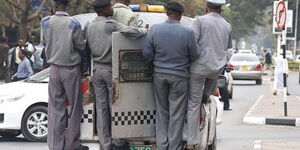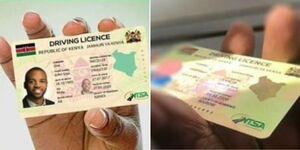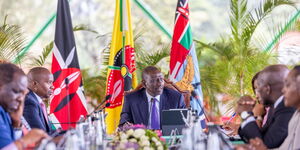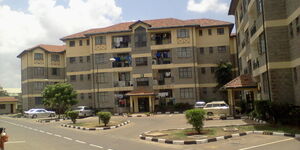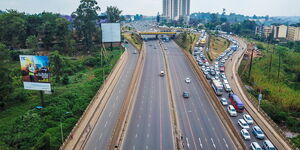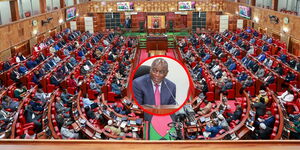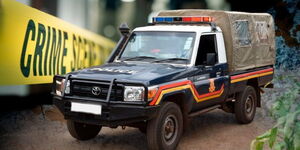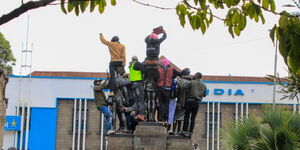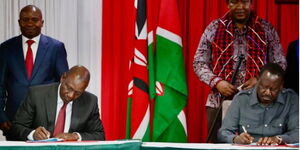While on the road, other than the various signs, drivers encounter different types of markings that guide them.
These markings aim to maintain order on the roads and curb road carnages too. They are durable, reflective, and environmentally friendly.
Among the tests offered by the National Transport and Safety Authority (NTSA) before one acquires a driving license is a quiz on road signs, including highway markings.
The colours white and yellow are mostly used to make the markings on the roads. Here are the meanings.
Yellow markings are majorly used on highways, while white ones can be used on any other roads.
White Markings
Broken white lines - These lines in the middle of the road direct the motorist to change lanes if the road is clear. They also separate the traffic on the different lanes.
Continuous white line - Orders motorists to stay in their lane and keep the left side of the line.
Crosswalks - These lines allow pedestrians to safely cross the road.
Dotted White line- it provides the motorist with a warning over varying functions on the road ahead.
While on the road, you will also notice a white continuous line on the pavement which define the edge of the road - demarcations that indicate where the road starts or ends.
Yellow Markings
Continuous yellow line- It is in the middle of the road and warns the motorist when the section of the road is not visible. Directs motorists not to overtake. Mostly found in corners, slopes and blackspots.
Yellow broken lines- Allows motorists to cross over to a different lane. They can thus overtake and speed off.
Two yellow lines (broken & continuous) - A motorist next to the broken line can overtake, but the one guided by a continuous line is barred from crossing over.
Continuous double line - Marked on the middle of the road to prohibit the motorist from crossing over to any lane.
At a roundabout, there are also visible markings to ensure smooth traffic at the circular intersection.
Notably, the colour blue may be used to indicate the handicapped parking spot. Also, along the Thika Superhighway, a red line is used to demarcate the lane meant for the Bus Rapid Transit (BRT) system.


